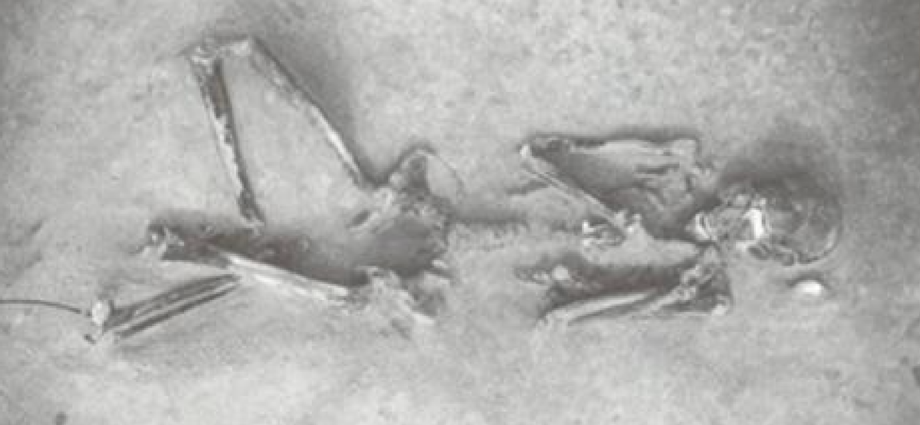Some of the earliest inhabitants of Japan came from the Korean peninsula, according to a new study that sheds more light on ancient immigration patterns to the archipelago.
Japan may be an international travel hub for business and pleasure today, but the islands were relatively isolated until about 3000BC.
Its earliest inhabitants were the Jomon people, a collection of hunter-gatherer societies that lived an isolated life on the islands since 14,000BC.
It wasn’t until the Yayoi and Kofun periods between 3000BC and 538AD that immigration to the islands from continental Asia started.

More than 80 per cent of the genomes of modern Japanese people consist of ancestries related to east and northeast Asia. How the Japanese population acquired these ancestries and what was the pattern of early immigrations that contributed to them has long been a matter of debate.
The new study, published in the Journal of Human Genetics, analysed the genome of a person dating to the Yayoi period whose remains were uncovered at the Doigahama archaeological site in Yamaguchi prefecture.
Scientists from the University of Tokyo compared this individual’s genome with those of ancient and modern populations in east and northeast Asia.
They found that, among the non-Japanese populations, the ancient person bore the most similarity to Koreans.
The similarity was particularly close to Kofun period people with distinct ancestries related to east and northeast Asian ancestries.

“Our results suggest that between the Yayoi and Kofun periods, the majority of immigrants to the Japanese archipelago originated primarily from the Korean Peninsula,” study co-author Jun Ohashi said.
“During the Yayoi period, immigrants from the Korean peninsula admixed with the Jomon people, leading to the formation of the ancestral population of modern Japanese people.”
The findings debunk previous assumptions that the northeast Asian group migrated to the Japanese archipelago during the Yayoi period and that the east Asian group came in during the Kofun period.
In future studies, scientists hope to analyse more genomes of Yayoi individuals to better understand the ancestries of the modern Japanese.











